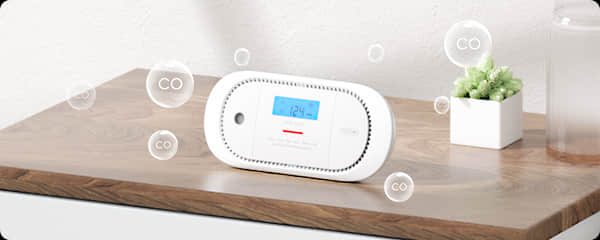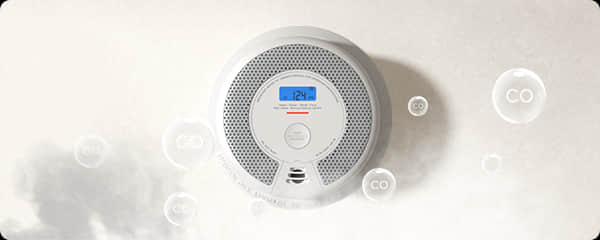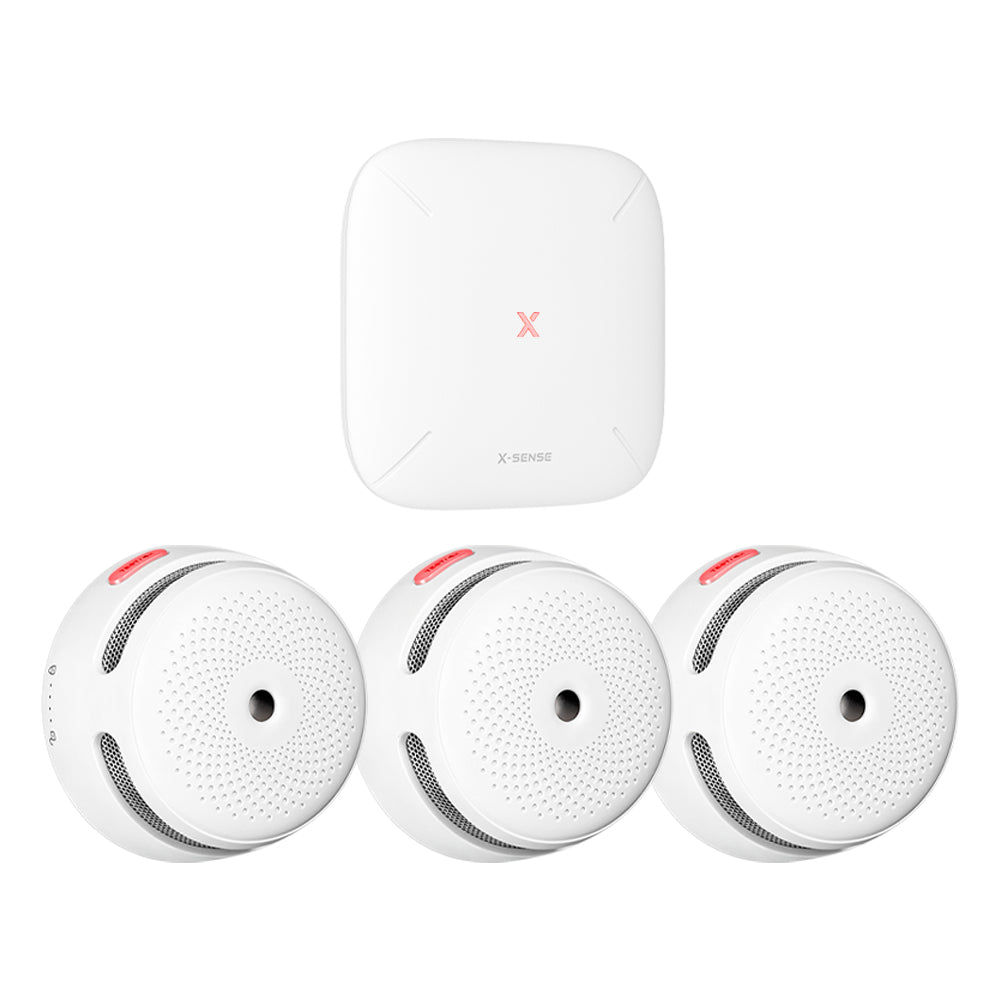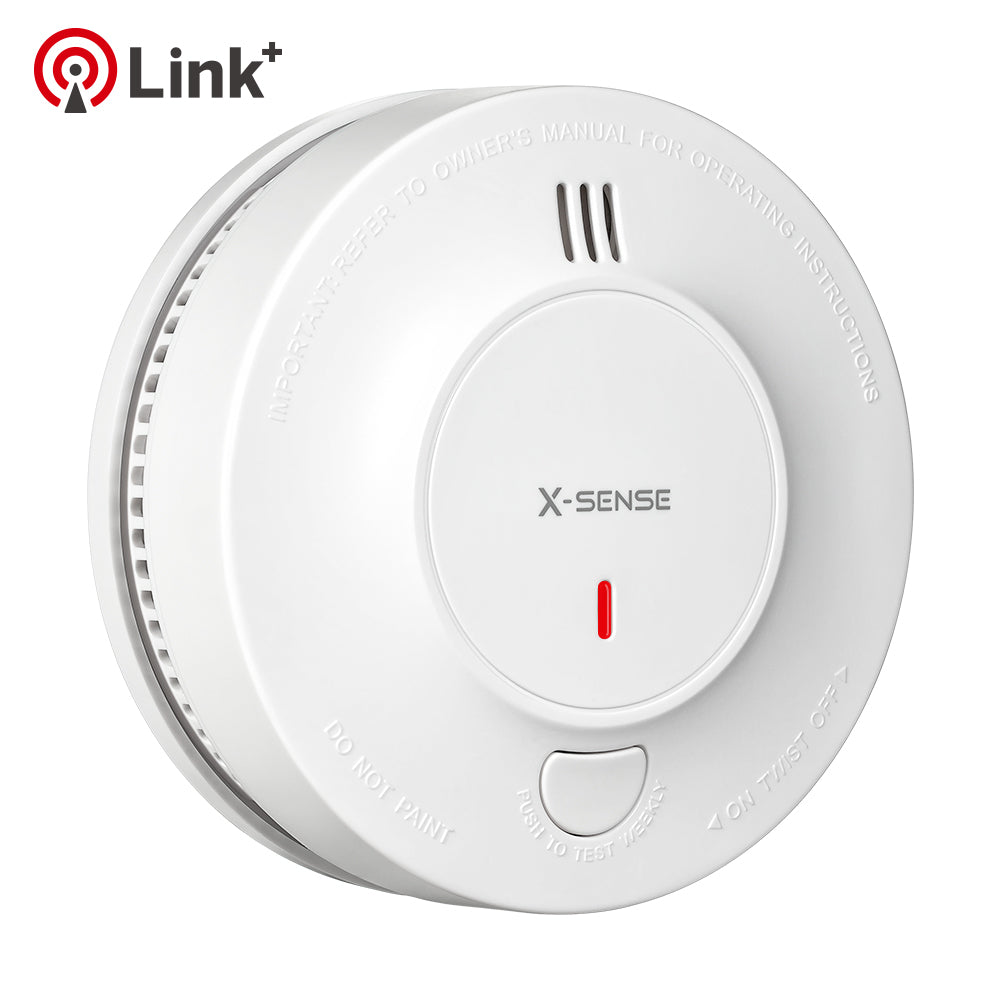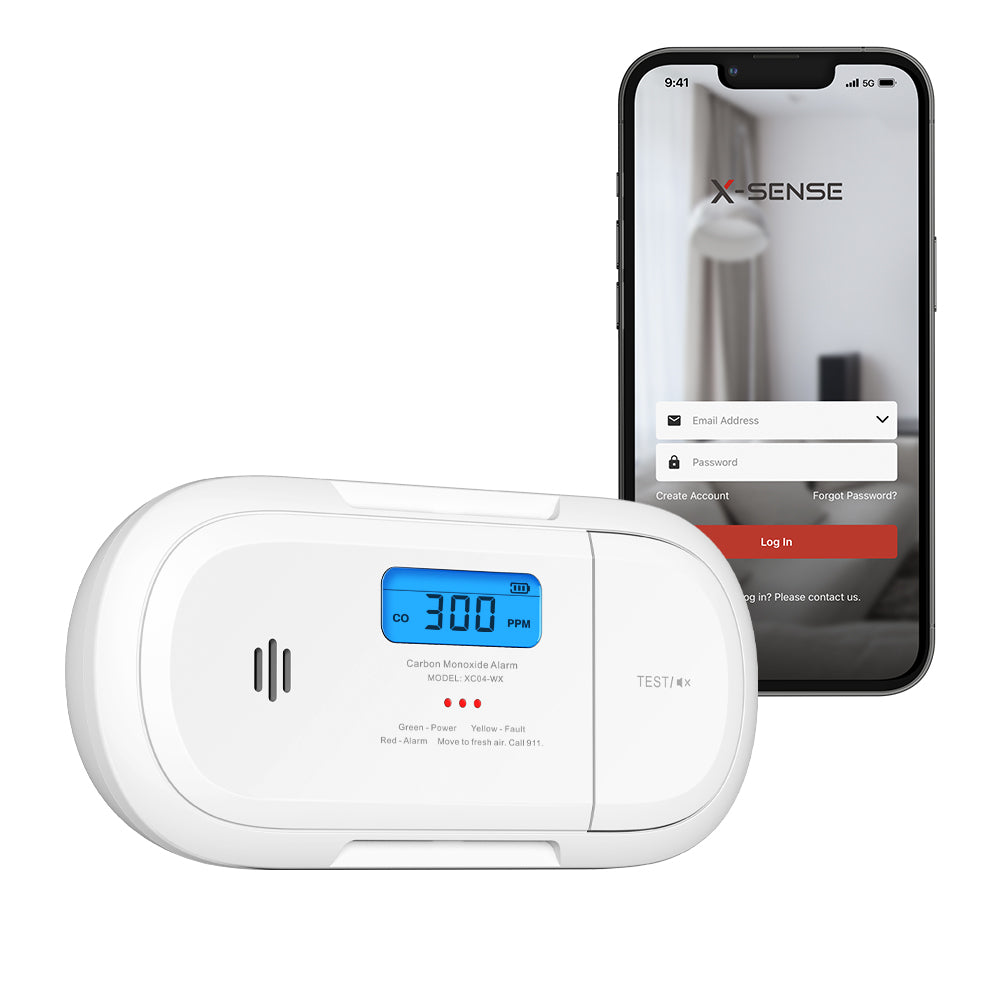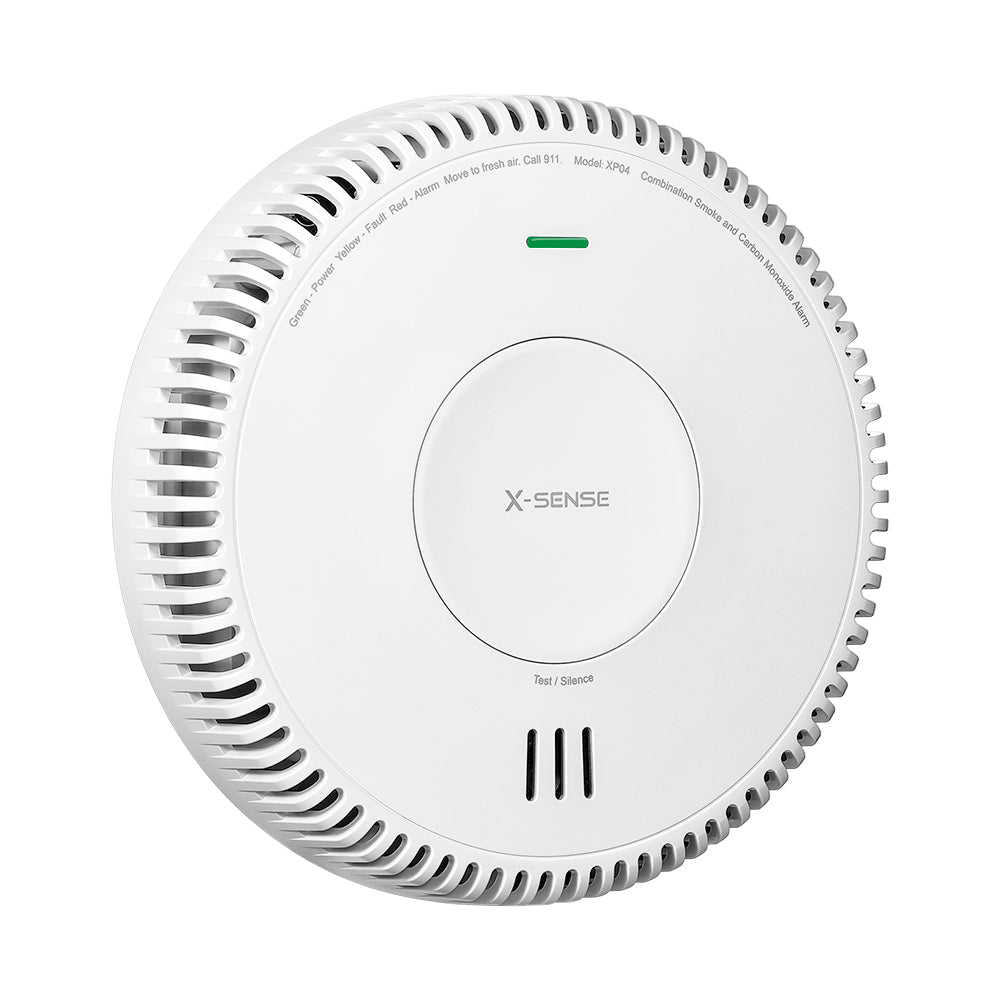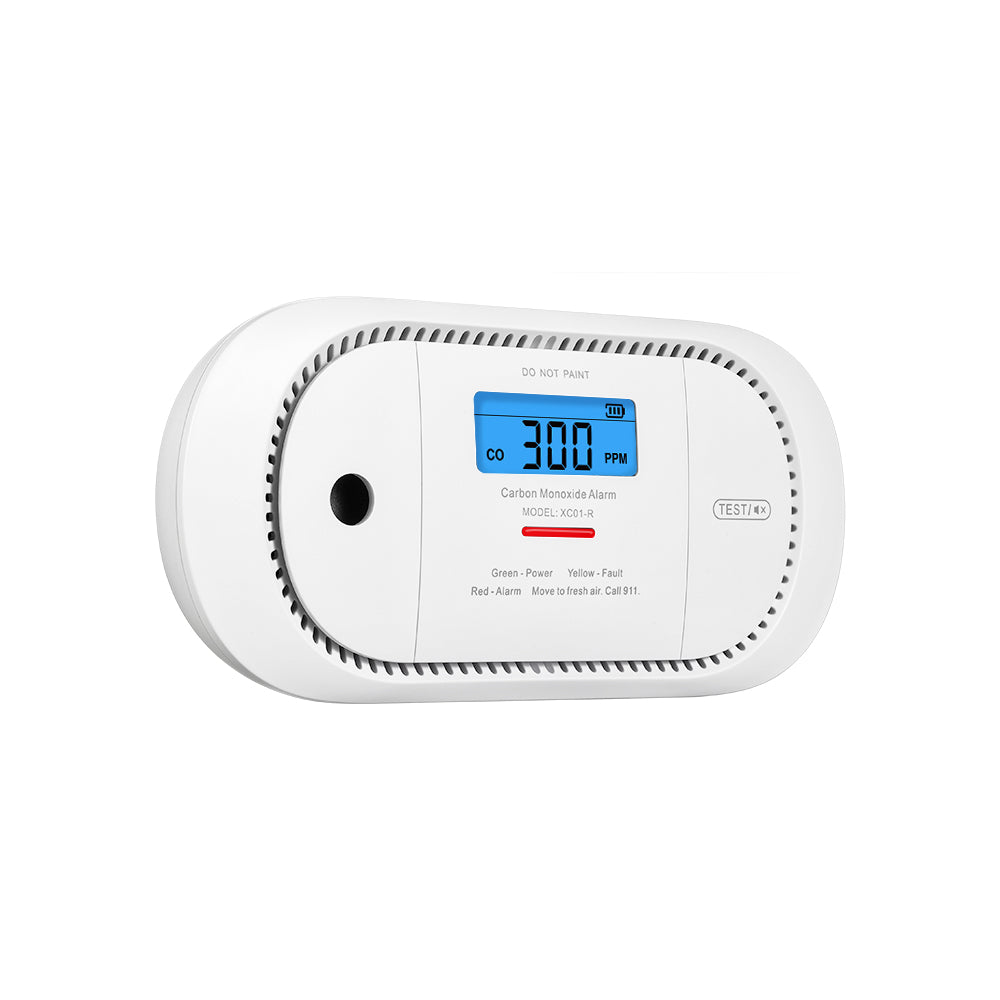Comprehensive Maintenance Checklist: Ensuring Your Carbon Monoxide Detector Stays in Optimal Condition
Fri, Apr 19, 2024
Owning a carbon monoxide (CO) detector is as crucial as maintaining it in good working order. Proper care not only extends the lifespan of the device but also ensures its accuracy when you need it most. This article provides a overview of how to keep your CO detector functioning at its best, from regular testing to battery replacement, and professional inspections. Each step is vital, and following these maintenance procedures offers reliable protection for you and your family.
Regular Testing
Test your CO detector at least once a month. Press the test button on the unit to ensure it's working. If the alarm doesn't sound, replace the batteries immediately or consult the manual if it's a hardwired unit.
Learn more about the specific steps for testing a carbon monoxide detector.
Battery Replacement
For battery-operated detectors, change the batteries every six months. A good habit is to do this when you change the clocks for daylight saving time.
Cleaning
Dust and debris can clog the detector's sensors. Use a vacuum hose to clean the vents on your CO detector every few months, being careful not to damage the internal components.
Avoiding False Alarms
Place your CO detector away from high humidity areas and sources of volatile chemicals, which can cause false alarms or damage the sensor.
Understand other reasons that may cause false alarms in carbon monoxide detectors.
Sensor Check
CO detectors have a limited lifespan because their sensors degrade over time. Check the manufacturer's recommendations for sensor life and consider replacing the unit accordingly.
End-of-Life Replacement
Even with immaculate maintenance, CO detectors should be replaced every 5-7 years. Note the manufacture date on your device and plan for replacement before it reaches its end-of-life.
Professional Inspection
If you have a combination smoke and CO detector or a system integrated with your home security, have it professionally inspected annually.
Keeping Records
Maintain a log of test dates, battery changes, and maintenance activities. This can help you keep track of your device's health and maintenance needs.
Understanding the Manual
Each CO detector model is unique. Familiarize yourself with your device's manual to understand its specific maintenance requirements, alarm sounds, and troubleshooting methods.
Conclusion
Regular maintenance of your carbon monoxide detector is critical for home safety. By testing the device, replacing batteries, cleaning, and adhering to the manufacturer's guidelines, you can ensure that your CO detector remains reliable for years to come. Remember, a well-maintained CO detector is a vital line of defense against the dangers of carbon monoxide poisoning.


